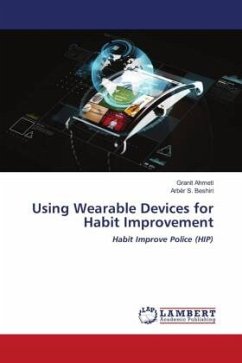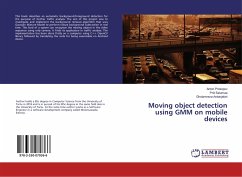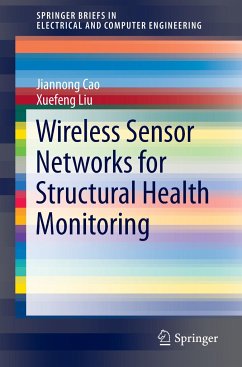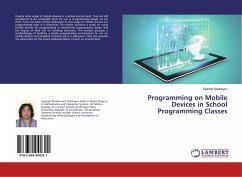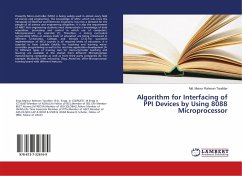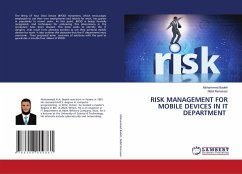
Towards Vibration-based Structural Health Monitoring using Mobile Android Devices
Dissertationsschrift
Versandkostenfrei!
Versandfertig in 6-10 Tagen
29,90 €
inkl. MwSt.

PAYBACK Punkte
0 °P sammeln!
Bridges are vital components for the transportation infrastructure, however, constantly face degradation due to ageing, traffic load, and environmental factors.Currently, over 27 % of Germany's federal road and highway bridges are, at best, in adequate condition (Federal Highway Research Institute, 2024).To identify safety risks early and schedule maintenance efficiently, reliable condition monitoring is essential.However, Structural Health Monitoring (SHM), although valuable, is often hindered by technical complexities and high costs, particularly in rural areas.This thesis explores the poten...
Bridges are vital components for the transportation infrastructure, however, constantly face degradation due to ageing, traffic load, and environmental factors.Currently, over 27 % of Germany's federal road and highway bridges are, at best, in adequate condition (Federal Highway Research Institute, 2024).To identify safety risks early and schedule maintenance efficiently, reliable condition monitoring is essential.However, Structural Health Monitoring (SHM), although valuable, is often hindered by technical complexities and high costs, particularly in rural areas.This thesis explores the potential of ubiquitous Mobile Android Devices (MADEs) for SHM by addressing three primary challenges:(i) Insufficient quality of data collected by MADEs: proposing methods for determining and reducing jitter, and synchronising clocks using acoustics.(ii) Non-compliant sensor hardware: investigating whether the sensors of MADEs can be used despite failing to meet the hardware specifications for professional sensors.(iii) Lack of structural information: developing methods to identify bridge types and materials, and determining spatial dimensions to gather information necessary for modelling a bridge.Finally, a conceptual model illustrates how these methods can interact to contribute to SHM. The insights gained in this thesis aim to advance the use of ubiquitous MADEs for continuous SHM, thereby enabling more widespread and cost-effective SHM solutions.



